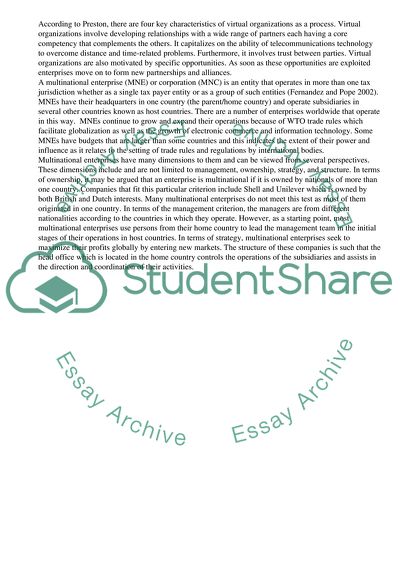Cite this document
(“Are virtual organisations Multinational Enterprises (MNE) Assignment”, n.d.)
Retrieved from https://studentshare.org/business/1425538-are-virtual-organisations-multinational
Retrieved from https://studentshare.org/business/1425538-are-virtual-organisations-multinational
(Are Virtual Organisations Multinational Enterprises (MNE) Assignment)
https://studentshare.org/business/1425538-are-virtual-organisations-multinational.
https://studentshare.org/business/1425538-are-virtual-organisations-multinational.
“Are Virtual Organisations Multinational Enterprises (MNE) Assignment”, n.d. https://studentshare.org/business/1425538-are-virtual-organisations-multinational.


